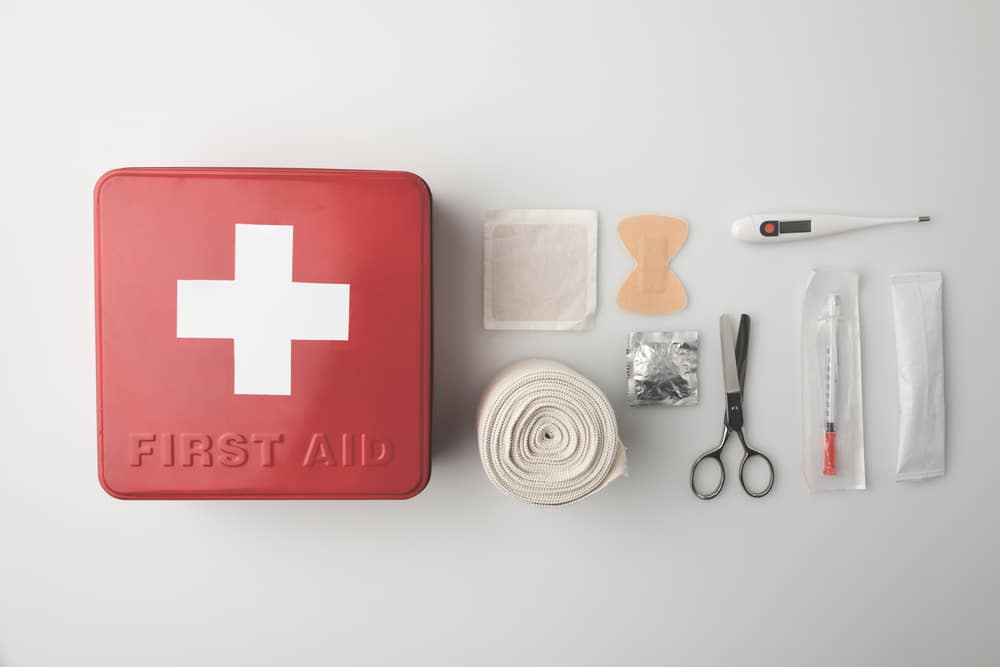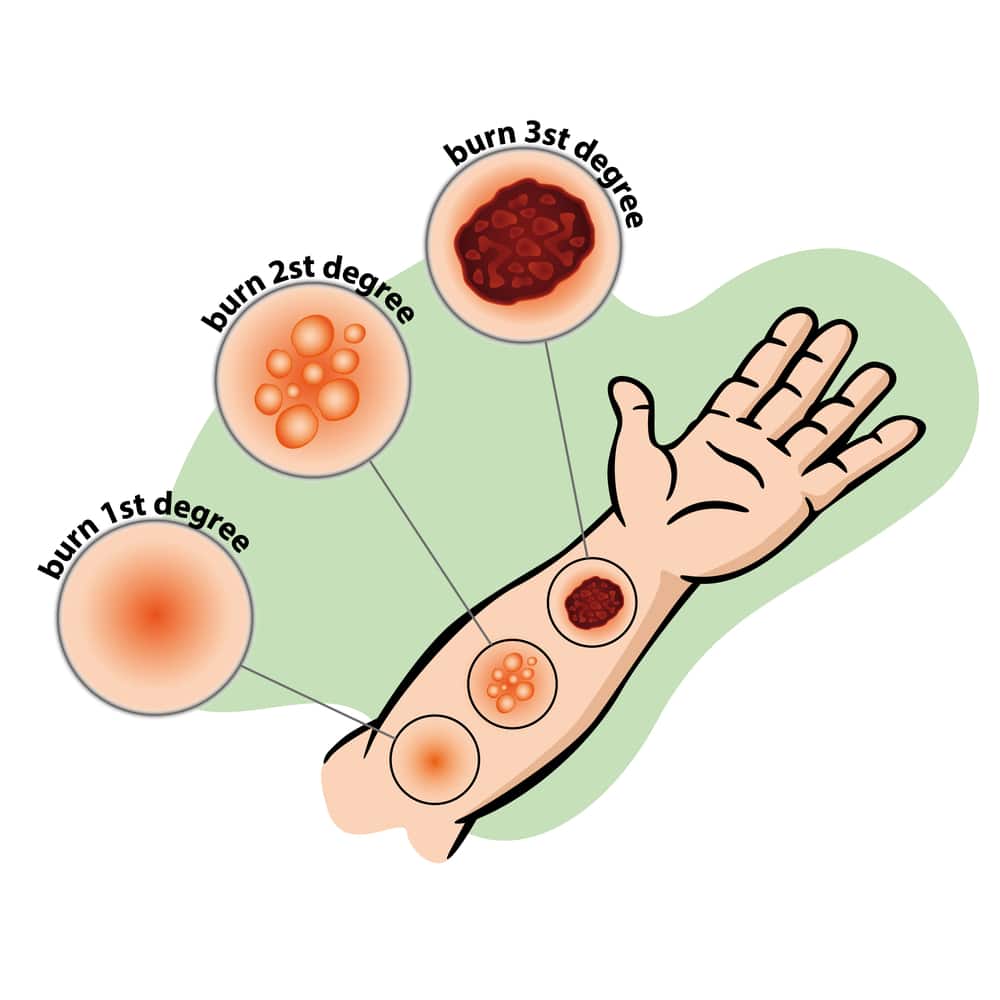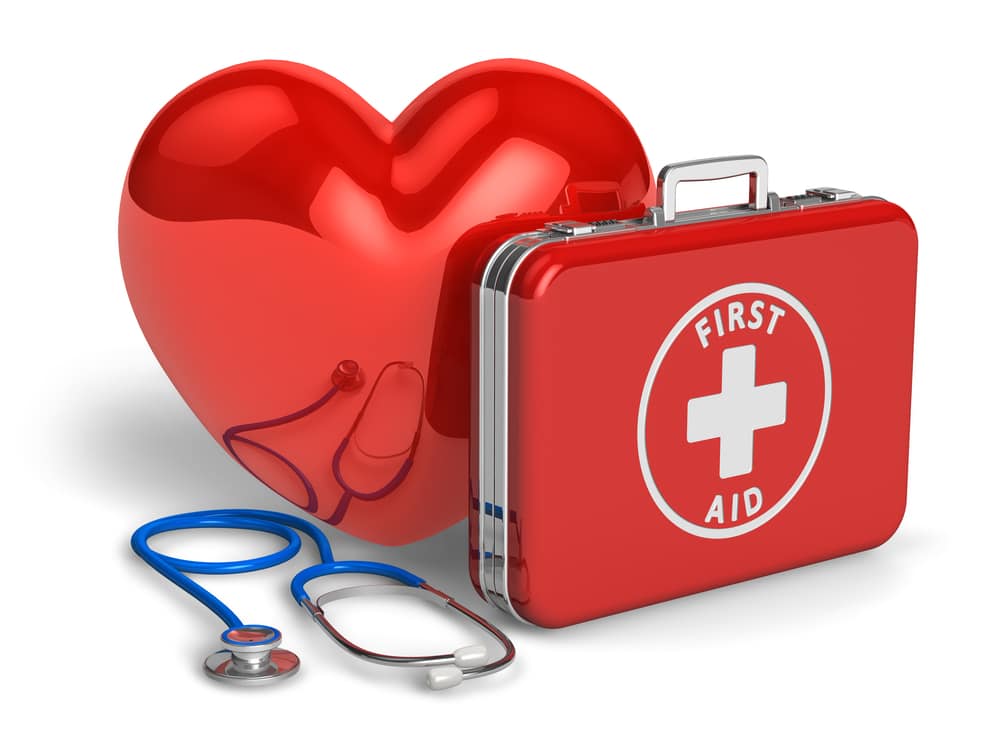First Aid Techniques for Electrical Burns and Injuries

There’s a risk of electrical injury practically everywhere in our modern world, but things can be especially risky at the workplace. If an employee suffers an electrical burn on the job, they need medical help immediately.
Reviewing first aid and emergency procedures for electric shocks is always good if you work with high-voltage wires or machinery. Proper training can quite literally be the difference between life and death.
Read on for more information on first aid steps for electrical burns and learn how training can help keep your workplace safer! Also, if your team needs arc flash training, we have a full course available.
Electric Shocks
An electric shock is any contact between the body and a live electrical current. That shock can be caused by:
- Contact with a downed power line
- A lightning strike
- Contact with a frayed wire, overloaded socket, or damaged electric device
- Intentionally sticking an object in a power socket
- Contact with water that has an electrical current
An electric shock can cause several types of injuries. An electrical burn can occur when the electric current enters or exits the body.
Shocks can also cause loss of consciousness, breathing difficulties, and heart problems, including cardiac arrest.

Why Are Shocks So Serious?
Your body relies on electrical currents to send messages and move your muscles. Even a small addition of electrical energy outside the body can cause major problems.
You can feel a current as low as 0.25 milliamperes. A current of 10 milliamperes can cause your muscles to move involuntarily, and 50 milliamperes can stop your heart.
Shocks can also make it difficult for your body to get back in rhythm. Muscle spasms and an erratic pulse can continue after the initial contact ends.
Understanding the electrical hazards within your workplace is key to knowing what type of first aid to teach your employees. Having an arc flash hazard analysis in place at your facility can help your business be prepared.
The “Freeze Response”
Shocks can cause muscles in the body to contract. This can cause a “freeze” response where a person cannot move away from the source of electricity.
This can cause a shock to look less serious to others, and it can cause a more serious burn injury by keeping the victim in contact with the current longer.
If a person is having a freeze response, you can use a nonconducting object like a piece of wood or PVC pipe to get in between them and the electricity.

What Are the Symptoms of an Electrical Burn?
Some electrical burns look like other kinds of burns – the skin may be red and peeling (first-degree burns), blistered and swollen (second-degree burns), or white and charred (third-degree burns).
However, electrical burns can also cause internal bleeding and damage. Tiny, charred craters on the skin may indicate serious internal burns.
Other Electrical Injuries
Not every injury is as visible as a burn. If you suspect someone has experienced an electric shock, keep an eye out for the following symptoms:
- Difficulty breathing
- Pain, including muscle pain
- A weak or erratic pulse
- Confusion and headaches
- Seizures and muscle spasms
- Loss of consciousness

What Is First Aid for Electric Shock Burns?
First aid for electrical injuries depends on the scene of the injury and how serious the injury is.
What Is the Priority Intervention for Electrical Burns?
The priority intervention, or most important treatment, for electrical injuries, is to turn off any live electricity. Do not touch a victim of electric shock until you know they’re not in contact with an electricity source. Keep both you and the victim safe.
Turn off the electricity as close to the source as possible – turn off the main power, remove fuses, and unplug cords. If you are working with an older electrical system, those might present additional challenges.
If a person is in contact with an electrical source that can’t be turned off (like a high voltage wire), use a broom handle or other nonconducting object to separate them. Do not move an injured person with electrical shock unless they are in imminent danger. Internal burns could get worse if a person is moved.

Do I Need to Call 911 for an Electrical Injury?
A doctor should always see people who have suffered from an electrical shock or burn. Electrical injury can be much worse than it appears.
Call 911 immediately if a person shows the following signs:
- Muscle contractions
- Seizures
- Loss of consciousness
- Severe burns
- Confusion
- Difficulty breathing
- Irregular heartbeat
Cardiac arrest can occur sometimes after an electric shock – when in doubt, call the local emergency number.
What Is The First Aid For Burn Injury?
In the case of more minor burns, the victim can place the affected area under a tap with cool water and cover it with sterile gauze. They should still receive medical attention as soon as possible after the incident.
You may seek emergency care by driving the victim to the nearest emergency department.
What to Do While Waiting for EMS
- If the person has stopped breathing and doesn’t have a pulse, begin CPR immediately after you call 911 or the local emergency number.
- Do not remove clothes or try to clean burned areas. Introducing germs from your skin can cause serious infections.
- Do cover the burned area with a sterile gauze bandage if available. If one is not available, use a sheet or a clean cloth. Do not use a blanket or towel – loose fibers can stick to the burn.
- Do not move a person with electrical injury unless they are in immediate danger (e.g., outside in a rainstorm).
- Try to keep the person warm and talking in order to avoid shock. You shouldn’t use a blanket or towel to warm them up, but you can close windows and doors or turn up the thermostat. You can also give the victim a hat to wear (provided their face and head aren’t burned).
In the emergency department, a doctor will try to keep the burn infection-free while keeping the patient hydrated and their pain managed. You can help by not moving the burn victim or touching their wound.

Static Electricity
Static electricity can also cause shocks and burns, albeit in a different way than electrical appliances. Normal amounts of friction from industrial tools and machines can create enough charge to cause serious injury.
Grounding mats and clips can help protect workers by providing a way to discharge static electricity.
Electrical Burns in the Workplace
Electricity is the same whether wires with household current powering a vacuum or generator power keeping a production line going. However, handling electrical burns in the workplace is different.
OSHA Regulations
OSHA has a number of standards and regulations to help employers ensure workplace safety. These standards vary slightly depending on the industry.
OSHA regulations have clear training requirements – employees need to be aware of the electrical dangers they face in the workplace. OSHA has specific guidelines around electrical safety and arc flashes and has clarified its position in subsequent communications.
Additionally, training should cover first aid procedures. Employees who face a risk of electrical injury should know the basic first aid steps to treat electrical burns and shocks.
When employees are working with exposed wires or a current of 50 volts or more, individuals trained in first aid (including cardiopulmonary resuscitation) MUST be present on site.
Additional Issues
If an employee receives an electric shock at work, it’s a sign that something’s not right. Either there was an equipment failure, or employees have not received adequate training.
An investigation should be conducted after any incident of electrical shock.
Proper Training Makes Electrical Safety Priority #1
A malfunctioning or improperly used electrical appliance can kill in seconds. Proper employee training saves lives. Also, giving your employees information on first aid techniques following an electrical or arc flash injury, can help save lives.
Videos and multimedia can help your training make a real impact on employees. Consider your options when putting together a training program.
